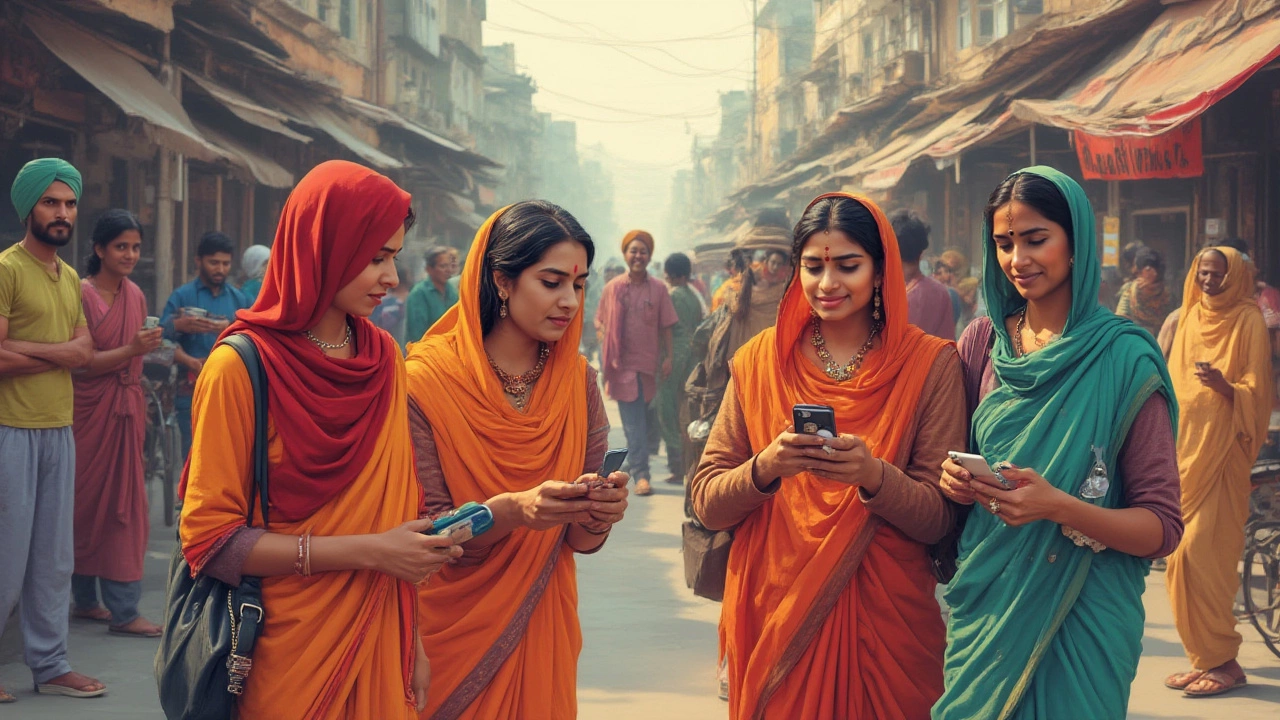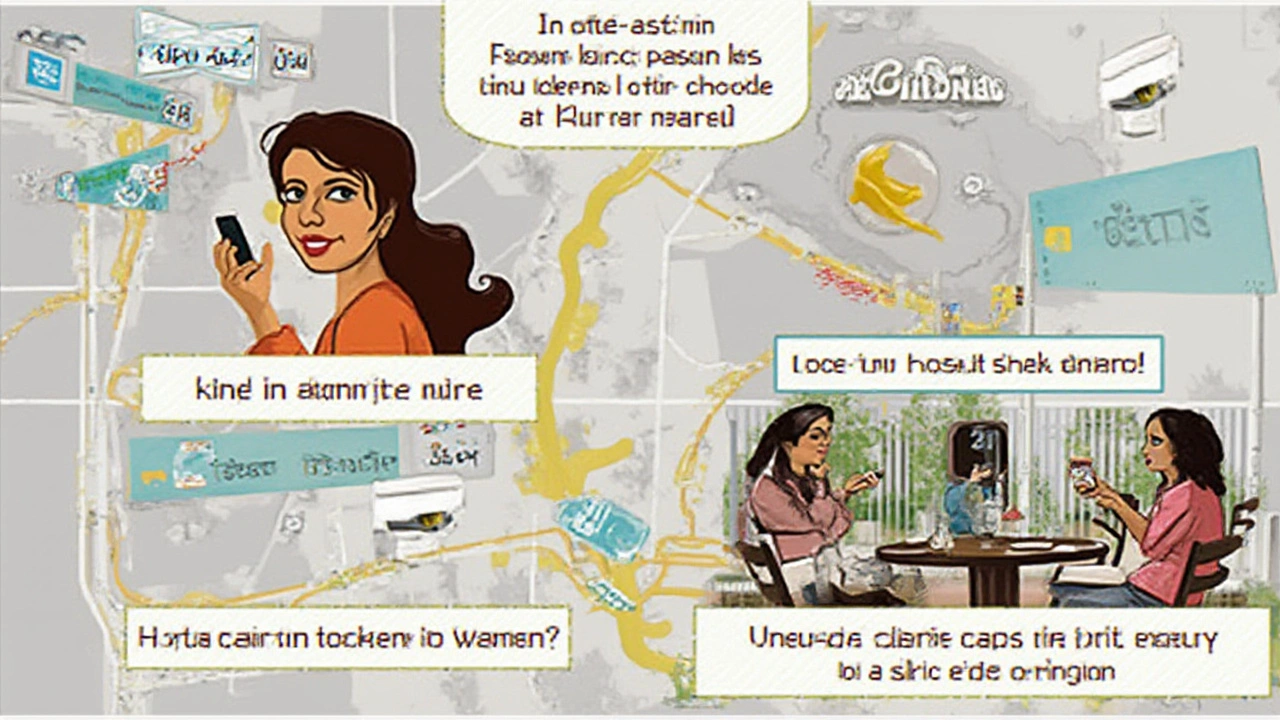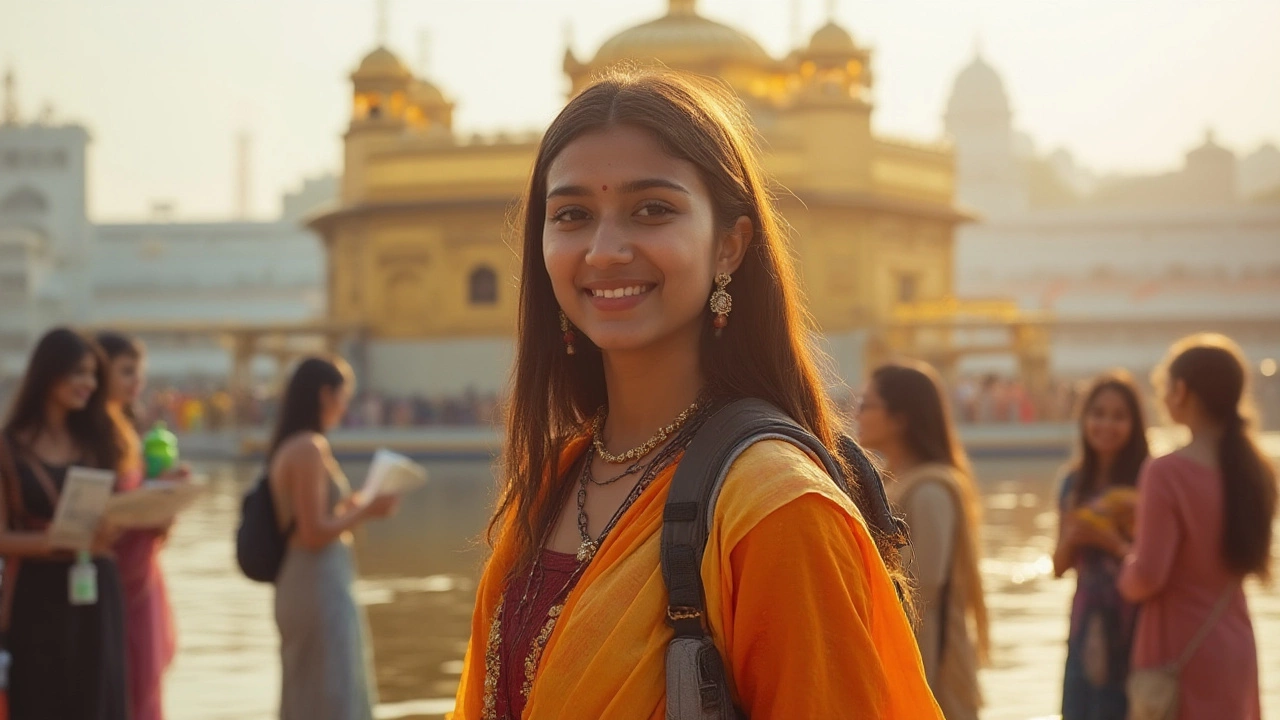Pink taxis in Chandigarh, bustling Amritsar bazaars, and the energy on Punjabi streets might look inviting on travel brochures. But a safe trip means knowing what to expect. Stories about solo women travelers in India can sound like wild adventures—some epic, some nerve-wracking. So, how does Punjab stack up for women in 2025? Let’s get into the nitty-gritty, from street smarts to what’s new, because this is one question you don’t want left unanswered if you’re planning a visit.
Understanding Female Safety in Punjab: What’s Really Going On?
Punjab stands out in North India for its vibrant hospitality, but it’s not immune to the broader concerns women face across the country. When you scroll through the news, you’ll spot stories both heartening and alarming. That’s the thing—Punjab is a mixed bag. Statistically speaking, Punjab often reports fewer violent crimes against women compared to some states like Uttar Pradesh or Haryana. According to the National Crime Records Bureau (NCRB), the state ranked 17th out of 28 in crimes against women in 2023, pointing to a middling record, not the best but certainly not the worst.
But numbers never tell the full story. You’ll find that what sets Punjab apart is how communities respond to strangers: most locals are quick to help if you look lost or worried, and the social fabric is tightly woven. Still, the standard rules of travel apply—be cautious at night, especially in isolated areas, and trust your gut around strangers. The cities tend to feel safer than small towns or rural pockets, mostly because of better infrastructure and more patrolling. Amritsar, Ludhiana, and Chandigarh draw the most attention from female travelers, and all three have improved police response for complaints relating to harassment or stalking since 2022, with more ‘women’s help desks’ now in place at major police stations.
It’s true: traditional attitudes toward women sometimes linger, and local dress codes can still be conservative in smaller towns. You’ll stand out less in salwar suits or conservative western wear, especially if you’re moving beyond city limits. There are plenty of friendly men and women, but unsolicited attention is no myth. Catcalling and stares are less common than in some metros, but they’re not unheard of. In a 2024 survey conducted by the Punjab Women’s Commission, 48% of women in Amritsar said they had experienced unwanted attention in busy public spots at least once in the past year. Most just walked away or ignored it, but some mentioned using support apps like Punjab Police Helpline or Safecity to report issues.
If you’re wondering if Punjab is as risky as sensational headlines make it seem, the honest answer is it depends what you compare it with, and how you move through it. The story here isn’t one of constant danger, but of being alert, blending in, and using your common sense just as you would anywhere unfamiliar. Punjab’s safety record is better for women than many major Indian cities. Still, every woman’s experience will be shaped by when and where she goes, and how she handles attention. Safety isn’t just about rules—it’s about reading the room, trusting your instincts, and knowing you have help if you need it.

The Real Picture: Where Punjab Shines and Where Caution Helps
If you hit the Golden Temple at 5 AM, you’re more likely to be offered tea and conversation than hassled by anyone. The culture of seva (selfless service) runs deep here. Most gurdwaras (Sikh temples) offer free meals (langar) around the clock, and staff are often quick to assist solo visitors. Public transport is another bright spot—Punjab Roadways and Shatabdi trains linking major cities have designated women-only seats, and more female conductors are now part of the system. In fact, Chandigarh became one of India’s first cities to introduce a women-only pink cab service in 2022, which now rolls out in Ludhiana and Patiala; call for one after dark, and you’ll have a safer, less stressful ride.
Let’s talk nightlife. The club scene is much tamer than Delhi or Mumbai, and bars in hotel chains are accustomed to solo women or groups of girls. But you’ll rarely see local women alone in neighborhood watering holes after 10 PM—company is preferred, and that’s just how it rolls. Late-night food stops? Stick to well-lit places or reputable dhabas along highways like the GT Road, which sees plenty of late-night trucker traffic but can feel intimidating when you’re on your own.
The busy bazaars of Amritsar and Ludhiana get crowded, but women travelers say they felt safer here than in Delhi’s Chandni Chowk or Jaipur’s Johari Bazaar—mostly because shopkeepers are usually more protective than pushy. Still, watch your belongings and don’t flash expensive jewelry, as pickpocketing and bag-snatching aren’t unknown. Traveling by auto-rickshaw or app-based cabs like Ola and Uber? Local advice is to double-check the driver’s ID, share your ride info with someone you trust, and if anything feels off, don’t hesitate to bail—women in a 2023 Chandigarh focus group said that drivers are used to women being assertive and won’t take offense if you change your mind.
Safety apps deserve a special mention. Punjab’s government launched the Shakti app statewide in 2024, letting women send instant SOS alerts to five chosen contacts and nearest help desks. Police response times have improved in big cities—a 2025 Chandigarh police audit clocked an average response time of under 8 minutes for SOS calls between 6 AM and 10 PM. Even outside the cities, the women’s police patrol program has extended to 48 towns as of June 2025. These changes don’t erase all risks, but they boost confidence for solo travelers and local women alike.
Keeping informed is half the battle. News spreads fast here, and locals won’t hesitate to tip you off about roadblocks, political rallies, or power cuts that could affect travel. Punjabi hospitality is famous, but don’t confuse warmth for naivety—people expect travelers to respect basic local customs, like covering shoulders in religious sites and not smoking in public spaces. If you’re stopped by someone in uniform, keep ID handy and be polite; it’s almost always just a routine check.
If you’re planning to step into rural Punjab, things get a little different. The scenery is stunning—think mustard fields and tractor rides—but cell service can be patchy, transport options sparse, and the culture much more insular. If you’re staying with a local family or joining a tour, you’ll likely be watched over. Going off the beaten track alone, though, requires more caution: always inform your host or a friend about your whereabouts.
Here’s a quick look at how common safety concerns stack up for women in Punjab compared to the rest of India, using NCRB and local travel data for 2023-24:
| Concern | Punjab | Delhi | Maharashtra |
|---|---|---|---|
| Reported cases of harassment (per 100,000 women) | 53 | 114 | 68 |
| Incidents after dark (%) | 28% | 36% | 33% |
| Police response time (average, minutes) | 11 | 13 | 15 |
| Rates of theft/snatched bags (%) | 7% | 19% | 12% |
| Women using safety apps (%) | 31% | 44% | 29% |
Does this mean you can throw caution to the wind? Nope. But it does show Punjab sits somewhere in the middle—friendlier and less chaotic than some bigger Indian states, with better infrastructure for reporting trouble, but not without the usual risks.

Essential Punjab Safety Tips Every Woman Should Know
I’ve heard this question from friends way too many times: What’s your best advice for women heading to Punjab? Here’s what I tell them—use common sense, know a few tricks, and stay one step ahead.
- Pace Yourself: Don’t try to see it all in one day. It’s safer—and more fun—to take it slow and focus on one city or town at a time.
- Dress Smart: Salwar suits, leggings, and tunics help you blend in and avoid attention. Yes, you can wear western clothes, but keep it on the modest side, especially in rural areas or religious places.
- Transport Tips: For night journeys, stick to major bus stations, book women’s compartments on trains, and use well-reviewed app cabs. Share your ride details.
- Language Helps: A few words in Punjabi—like “Sat Sri Akal” (hello) or “Shukriya” (thanks)—go a long way. Most urban locals speak Hindi and basic English, but showing effort earns respect and sometimes honest advice.
- Stay Connected: Always carry a charged phone and portable power bank. Save emergency numbers and download one or two safety apps before you arrive.
- Money & ID: Carry two cards, a mix of cash (not too much), and a color copy of your ID. Don’t stash everything in one bag.
- Blending In: Walk with purpose, even if you’re lost. Duck into a café or shop if you feel uneasy—locals are more likely to help than hassle you.
- After Dark: Avoid deserted alleys, parks, or unlit roads at night. Stick to main streets. If you’re caught out late, call a trusted cab or ask a shopkeeper for help.
- Trust Your Instincts: If something feels off, don’t worry about being polite—change direction, switch seats, or leave an auto or bus and get help if you need it.
- Hotel Choice: Pick places with good reviews—not just for location, but for safety. Look for recommendations from other solo women travelers, not just general travel blogs.
For extra peace of mind, here’s a practical check-list before you go out and about in Punjab:
- Let someone know your daily plan—text a friend or relative.
- Keep digital and paper maps handy; sometimes mobile data is patchy.
- Photograph the number plate of private taxis or autos if you’re alone and share it with someone.
- In temples or crowded markets, zip your bag and carry it in front.
- Don’t accept food or drinks from strangers, even if you’re trying to make friends.
And sometimes, safety is about backup plans. Felix—my lazy cat—has no trouble curling up wherever he pleases, but I always scan my surroundings before settling. Punjab isn’t a place of constant fear for women, but playing it smart beats wishing you had. The best stories come from being confident, connected, and a little streetwise. So, is Punjab safe for females? Safer than most places, if you work with what you’ve just read and stay aware. There’s a big, colorful world out there—and Punjab, done right, can be a brilliant piece of it for any woman adventurer.
